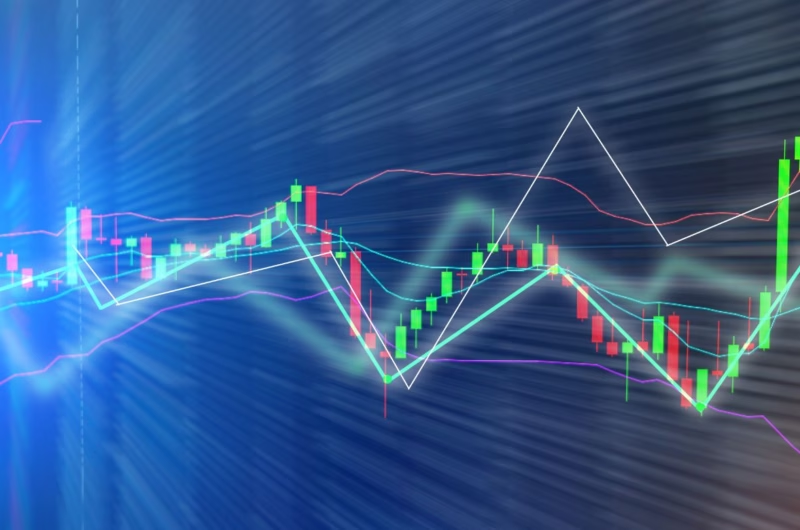Options trading offers an intriguing world of financial opportunities, but it often comes with its own set of jargon and complex concepts. One such concept is “Options Vega,” which might sound like Greek to newcomers. Fear not; this beginner’s guide will demystify options Vega, helping you understand what it is, how it works, and why it’s crucial in options trading.
What Does Vega Mean in Options Trading?
Vega, often referred to as “volatility sensitivity” or simply “V,” is a measurement that quantifies how much the price of an options contract is expected to change for every 1% change in implied volatility of the underlying asset.
In simpler terms, Vega tells you how much an option’s price is expected to move in response to changes in market volatility. When Vega is higher, it implies that the option’s price is more sensitive to changes in volatility, while a lower Vega indicates less sensitivity.
What is the Vega Risk of an Option?
The Vega risk of an option refers to the potential impact of changes in implied volatility on the option’s price. In essence, it measures the exposure of an options position to volatility fluctuations. Options with higher Vega values are more sensitive to changes in volatility and, therefore, carry higher Vega risk.
- If you own options with a high positive Vega, you may benefit from an increase in implied volatility, as it can boost the options’ prices and potentially lead to profit.
- Conversely, if you own options with a high negative Vega (short options), you may face losses when implied volatility rises because it can lower the options’ prices.
Is Option Vega Always Positive?
No, option Vega is not always positive; it can be positive, negative, or even zero.
- Positive Vega: Options with positive Vega values increase in price when implied volatility rises. This is typical for options buyers who want to capitalize on potential volatility increases.
- Negative Vega: Options with negative Vega values decrease in price when implied volatility rises. This is common for options sellers, as they profit when volatility remains stable or decreases.
- Zero Vega: Some options, particularly at-the-money options with the same expiration date as the underlying asset, may have zero Vega. This means that changes in implied volatility have no effect on their prices.
What Happens to Vega When Volatility Increases?
When implied volatility increases, options Vega generally rises as well. This relationship exists because higher volatility makes options more valuable, potentially leading to greater price fluctuations. As a result, options with positive Vega tend to benefit from rising volatility as their prices increase.
Conversely, options with negative Vega may experience price declines when volatility surges because higher volatility can decrease the time value portion of their prices.
Why is Vega Highest at the Money?
Vega is highest for at-the-money (ATM) options, which have a strike price closest to the current market price of the underlying asset. This phenomenon occurs because ATM options are most sensitive to changes in implied volatility.
The intuition behind this is that ATM options have a significant amount of time value, which is highly influenced by changes in implied volatility. As a result, even small volatility fluctuations can have a notable impact on their prices. Deep in-the-money (ITM) and out-of-the-money (OTM) options have less time value, so their Vega tends to be lower.
In conclusion, options Vega is a vital concept for options traders to understand, as it plays a pivotal role in assessing and managing risk. It quantifies an option’s sensitivity to changes in implied volatility and can significantly impact the profitability of options positions. Whether Vega is positive, negative, or zero depends on the type of options you’re trading and your overall strategy. As you continue your journey into options trading, consider how Vega fits into your risk management and profit potential strategies. Happy trading!


